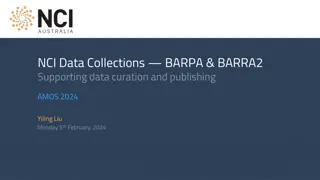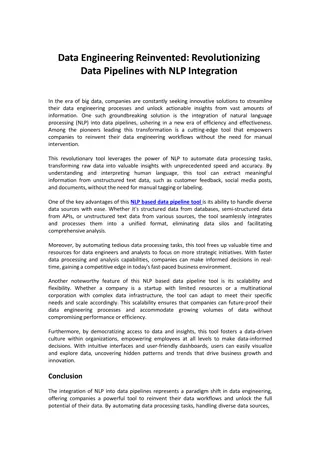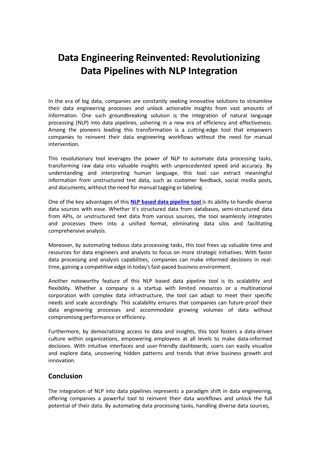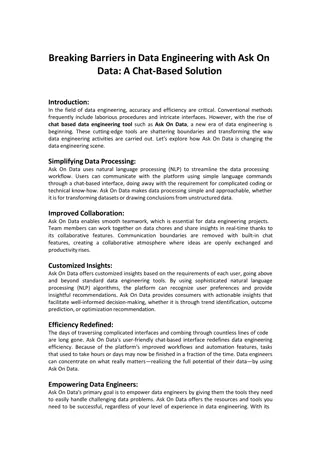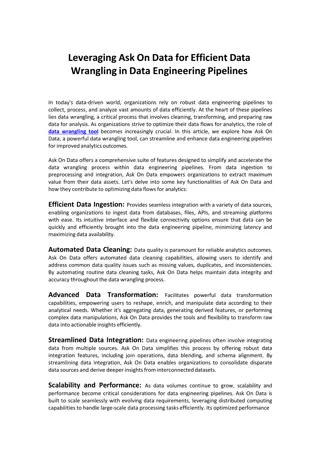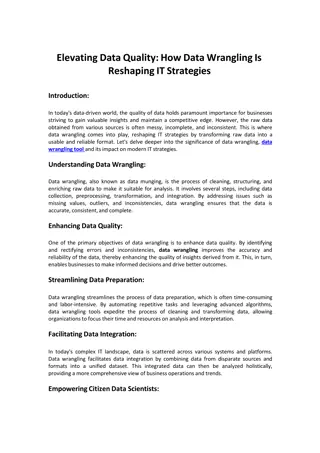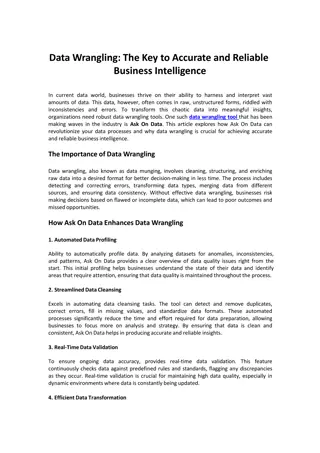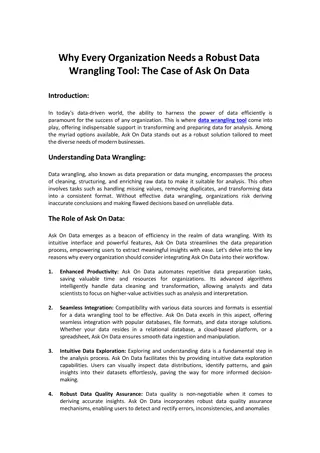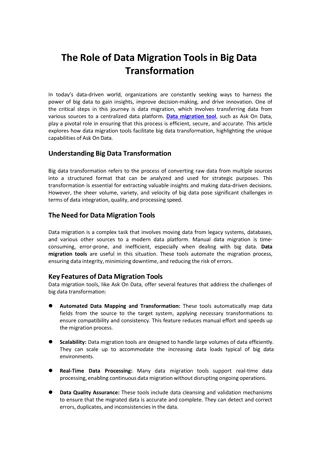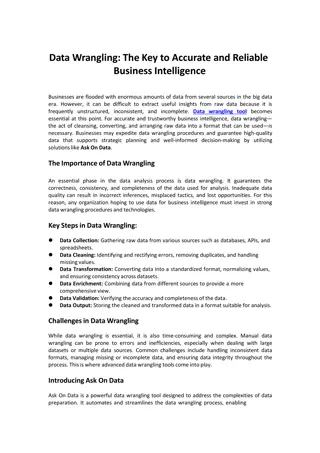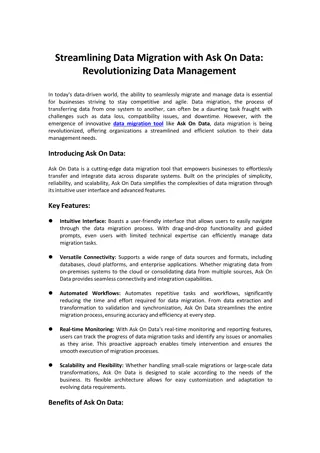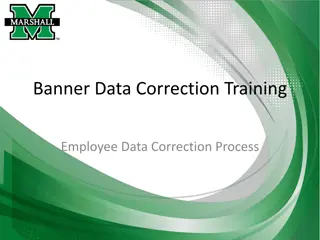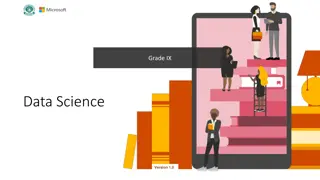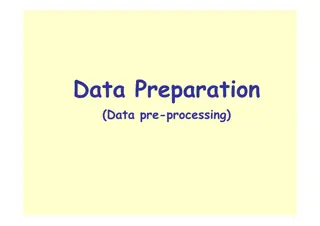
Practical Tips for Data Analysis and Presentation Techniques
Explore essential tricks and techniques in data analysis and presentation, including statistical analysis, multi-variate analysis, ANOVA, and more. Discover the importance of statistical methods, math, and stats, and learn how to effectively analyze and interpret data using various tools and methods. Dive into checklist-based approaches for detailed data analysis, understand key properties of data, and master multi-variate analysis for complex data exploration.
Download Presentation

Please find below an Image/Link to download the presentation.
The content on the website is provided AS IS for your information and personal use only. It may not be sold, licensed, or shared on other websites without obtaining consent from the author. If you encounter any issues during the download, it is possible that the publisher has removed the file from their server.
You are allowed to download the files provided on this website for personal or commercial use, subject to the condition that they are used lawfully. All files are the property of their respective owners.
The content on the website is provided AS IS for your information and personal use only. It may not be sold, licensed, or shared on other websites without obtaining consent from the author.
E N D
Presentation Transcript
Data Analysis and Presentation Carey Williamson Department of Computer Science University of Calgary
2 Data Analysis and Presentation There are many tricks of the trade used in data analysis and results presentation A few will be mentioned here: statistical analysis multi-variate analysis ANOVA tabular presentation of results graphical presentation of results
3 Statistical Analysis Math and stats are your friends!!! CW There are lots of standard techniques from mathematics, probability, and statistics that are of immense value in performance evaluation work: confidence intervals, null hypotheses, F-tests, T-tests, linear regression, non-linear regression, least-squares fit, maximum likelihood estimation (MLE), correlation, time series analysis, transforms, Q-Q plots, EM... working knowledge of commonly-observed statistical distributions
Data Analysis Checklist (meta-level) Where did this data come from? How was it collected? What can it tell me? Do some exploratory data analysis (see next slide) Does this data make sense? Is it representative? What are the key properties? Does it resemble anything I ve seen before? How best to model it? 4
Data Analysis Checklist (detailed-level) How much data do I have? (N) Is it discrete or continuous? What is the range for the data? (min, max) What is the central tendency? (mean, median, mode) How variable is it? (mean, variance, std dev, CV) What is the shape of the distribution? (histogram) Are there gaps, outliers, or anomalies? (tails) Is it time series data? (time series analysis) Is there correlation structure and/or periodicity? Other interesting phenomena? (scatter plot) 5
6 Multi-Variate Analysis For in-depth and really messy data analysis, there are multi-variate techniques that can be immensely helpful In many cases, good data visualization tools will tell you a lot (e.g., plotting graphs), but in other cases you might try things like: multi-variate regression: find out which parameters are relevant or not for curve fitting ANOVA: analysis of variance can show the parameters with greatest impact on results
7 Presentation of Results Graphs and tables are the two most common ways of illustrating and/or summarizing data graphs can show you the trends tables provide the details There are good ways and bad ways to do each of these Again, it is a bit of an art , but there are lots of good tips and guidelines as well
8 Table Tips Decide if a table is really needed; if so, should it be part of main paper, or just an appendix? Choose formatting software with which you are familiar; easy to import data, export tables Table caption goes at the top Clearly delineate rows and columns (lines) Logically organize rows and columns Report results to several significant digits (consistently) Be consistent in formatting wherever possible
9 Graphing Tips (1 of 2) Choose a good software package, preferably one with which you are familiar, and one for which it is easy to import data, export graphs Title at top; caption below (informative) Labels on each axis, including units Logical step sizes along axes (1 s, 10 s, 100 s ) Make sure choice of scale is clear for each axis (linear, log-linear, log-log) Graph should start from origin (zero) unless there is a compelling reason not to do so
10 Graphing Tips (2 of 2) Make judicious choice of type of plot scatter plot, line graph, bar chart, histogram Make judicious choice of line types solid, dashed, dotted, lines and points, colours If multiple lines on a plot, then use a key, which should be well-placed and informative If graph is well-behaved , then organize the key to match the order of lines on the graph (try it!) Be consistent from one graph to the next wherever possible (size, scale, key, colours)
11 Summary There are many tricks of the trade used in data analysis and presentation A few have been mentioned here Effective data analysis and presentation is important in an effective performance evaluation study Not always easy to do, but it is worth it!




